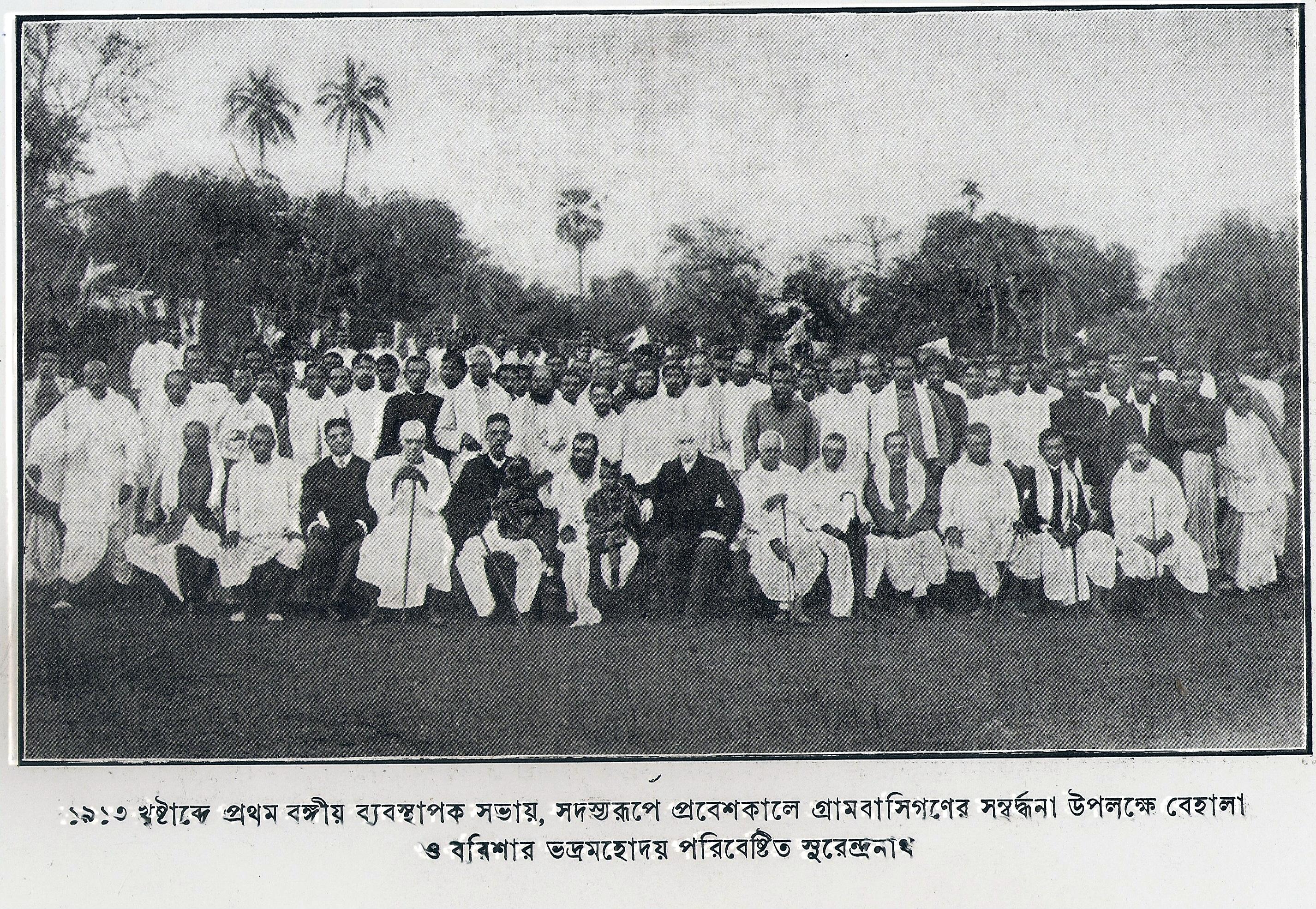Indian Council Act of 1909, popularly known as Morley-Minto Reforms was the first true attempt at introducing a representative and popular element in India.
Like Indian Council Act of 1892, the Act of 1909, was also an Amending Act. It introduced changes in the size and functions of the Councils at the Central as well as Provincial levels.
It increased the maximum additional membership of the General Legislative Council from 16 (to which it had been raised by the Council Act of 1892) to 60.
ADVERTISEMENTS:
In the Provincial Councils of Bombay, Bengal, and Madras, which had been created in 1861, the permissible total membership had been raised to 20 by the Act of 1892, and this was increased in 1909 to 50, a majority of whom were to be non-officials.
In the case of Punjab, Burma and Assam it was increased to 30. This did not include the ex-officio members. The additional members were to be of two kinds : official and non-official.
In the Imperial Legislative Council a substantial official majority was insisted by Lord Morley. Out of the 37 officials 28 were nominated by the Governor-General and the rest were to be ex-officio.
ADVERTISEMENTS:
The ex-officio members were to be the Governor-General, 6 ordinary members of the Council and 2 extraordinary members.
Out of the 32 non-official members 5 were to be nominated by the Governor-General. The remaining 27 seats were to be filled by non-official members of the Provincial Legislative Councils (13), landholders of six provinces (6), Muslims of five provinces (5), alternately by Muslim landholders of U.P. or of Bengal (1) and Chambers of Commerce of Calcutta and Bombay (2). Similar provisions were made for forming Provincial Legislative Councils with variations depending on their peculiar conditions.
In contrast to the official majority that the Centre of the Provincial legislatures had provisions for non-official majorities.
This was done because of the understanding that the non-official members would represent such diverse interests and classes that it would be difficult for them to take a joint stand.
ADVERTISEMENTS:
Moreover, the Governor enjoyed the veto power and insured that no bill detrimental the British interest was ever passed.
The seats of the Councils were to be filled in by elections. The Act provided for separate or special electorates for due representation of the different communities, classes and interests.
The Municipalities and District Boards were represented for thirteen ‘open seats’ under ‘general electorates’ at the Central Legislative Council and doubly indirect system of elections was introduced.
The tax-paying citizens in a town or village elected representatives for Municipal Committees or Local Boards and they, in turn, elected representatives for Provincial Legislative Councils.
These non-official members of the Provincial Councils, in their turn, elected representatives to the Supreme Legislative Council. Thus some 200 non-official members of Provincial Legislative Councils filled 13 unreserved seats.
In contrast to this the representatives of landholders and Muslims were elected directly even to the Central legislature.
While Muslim landlords, rich traders, graduates and professionals got a right to vote directly for election to the Provincial and even Central Legislatures, non-Muslims, howsoever rich or qualified, had no such right unless they were members of Municipal Committees or District Boards.
Further, Muslims were to be elected by separate electorates, that is to say, the electorates consisting of Muslims only. Muslims were also given more seats than the number warranted by their proportion in the local population.
They were also given the right to compete on equal terms with the other communities in the general electorates.
The aim of the Government in giving preferential treatment to the Muslims was not to correct imbalances in Indian society but to bind some Muslim leaders to the Government with the silken chains of gratitude.
By this Act, functions of the Legislative Councils were increased. Elaborate rules were made for the discussion of the Budget in the Imperial Legislative Council.
Opportunity for discussing the statement and moving resolutions was given before the Budget in its final form was presented.
The members were given the right to ask questions and put the supplementary questions. The members of the Legislative Councils were given the right to move resolutions on matters of general public interest, subject to certain limitations.
These resolutions were to be in the form of recommendations to the Government which the latter might or might not adopt.
Apart from this there was a provision for the increase of members of the Executive Council in Bombay, Bengal and Madras to four.
The Act also empowered the Government to constitute an Executive Council for Lieutenant Governor. Moreover, disqualifications were imposed on political offenders.
They were not eligible to contest in the elections. However, the heads of the governments were given the power to remove those disqualifications.
The act primarily aimed at wooing the Moderates and the Muslims so as to ensure smooth functioning of the government.
It soon became obvious that the Government of India was not able to achieve either of these objectives and necessity for new reforms was felt within 10 years.

